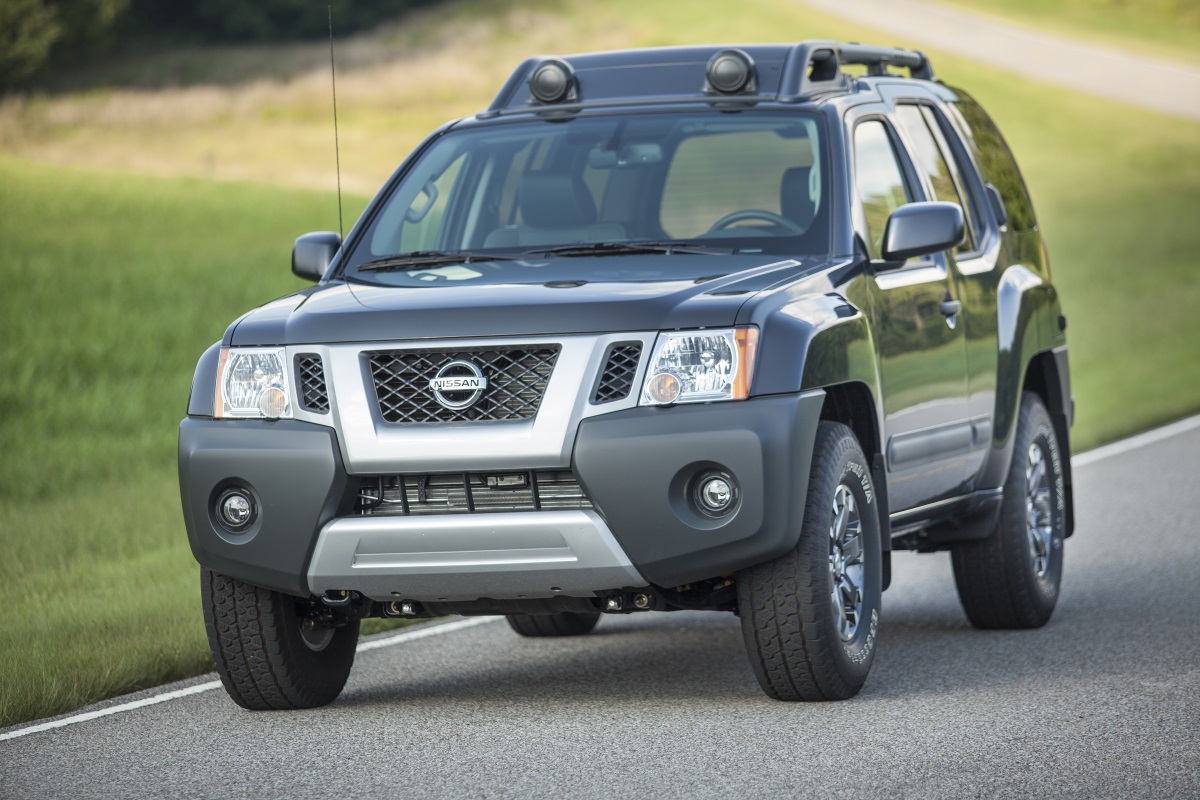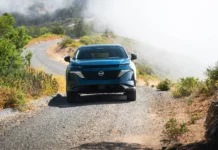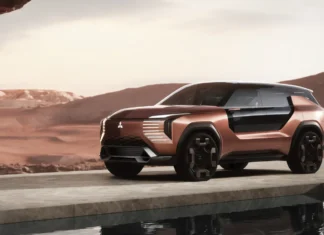![2013-Renault-Clio-MK4-1[2]](https://tflstudios.wpengine.com/wp-content/uploads/2012/10/2013-Renault-Clio-MK4-12-e1349729026868.jpg)
Better still, the 2013 Renault Clio RS (the mucho macho version) gets a 200 horsepower four-banger!
![2013-Renault-Clio-MK4-2[2]](https://tflstudios.wpengine.com/wp-content/uploads/2012/10/2013-Renault-Clio-MK4-22-e1349729399327.jpg)
Nissan has a lot on their plate. Datsun is poised for a return, the Leaf is sprouting problems and Diamler AG just signed a contract for further product cooperation with Nissan (off in the distance – Chrysler Group LLC snickers). Why should Nissan care about the 2013 Renault Clio Renault Clio?
Imagine how cool this Cleo would look with a Nissan emblem.
![2013-Renault-Clio-MK4-4[2]](https://tflstudios.wpengine.com/wp-content/uploads/2012/10/2013-Renault-Clio-MK4-42-e1349729486665.jpg)
My bottom line is: if Nissan and Renault are in a tight partnership (they are) then why not get a gem like this into American garages? I mean, Nissan makes a good car – but so many are oddly styled and can polarize just as many people they impress. Why not turn the tables on fate and sell something too sexy to dismiss?
I opted to add some powertrain information and omitted much of the detail as, if the 2013 Renault Clio came here under another name, we would have a completely different price point and option list.
Here’s Renault’s take (remember: all of these measurements are in European units):
“All of the engines in the fourth-generation Clio are new. In the case of the 1.2 16V 75, it has been extensively modified, resulting in a 2.7 mpg fuel economy improvement, as well as an 8 g/km reduction in CO2emissions.
The bigger news though is the debut of two new engines in Renault’s high-selling supermini, the 0.9-litre TCe 90 and 1.5 dCi 90. Both are available with special ‘ECO’ variants in the mid-range Expression+ and Dynamique MediaNav trim levels, improving their environmental credentials still further for a £250 premium. As part of this environmentally-conscious package, 15” wheels (16” alloy wheels are a no-cost option), ultra-low rolling resistance tyres, specific pedal mapping, bespoke gear ratios and thermoplastic boot opening surround (saving 4kg) all feature. The result is a fuel saving of between 10 to 15% and a CO2 emission cut of between 5 and 7g/km.
The latest result of Renault’s relentless engine downsizing strategy to limit the impact of its vehicles carbon footprint, comes in the form of its first three-cylinder turbo petrol engine, the TCe 90. Even at just 0.9 litres, the newcomer easily outperforms the current 1.2 TCe 100 on every front (52.3 mpg and 125 g/km CO2emissions). In standard guise it delivers 62.8 mpg on the combined cycle. Opting for the ECO version takes this up to 65.7 mpg, as well as cutting the emissions from 104 to under the magic 100g/km barrier for zero road tax beyond just the first year.
![2013-Renault-Clio-MK4-6[2]](https://tflstudios.wpengine.com/wp-content/uploads/2012/10/2013-Renault-Clio-MK4-62-e1349729569301.jpg)
The heavily upgraded 1.5-litre dCi now gains 20Nm greater torque (220Nm available from 1,750 rpm). The standard version now boasts combined fuel economy of 83.1 mpg (up by 12.5 mpg) and CO2 emissions of just 90 g/km (down 16g/km), while the ECO version delivers a class-leading 88.3 mpg and ultra-low 83g/km CO2 emissions (down 11 g/km).
Stop&Start technology is standard on both the TCe 90 and dCi 90 engines, while a driver activated ECO mode to reduce engine torque and modify the accelerator pedal mapping to maximise fuel economy is standard on all engine variants from Dynamique MediaNav and above.”
| Trim Level | Engine | CO2 emissions |
MPG (combined) |
BIK | OTR Price |
| Expression | 1.2 16V 75 | 127 | 51.4 | 16% | £10,595 |
| Expression+ | 1.2 16V 75 | 127 | 51.4 | 16% | £11,995 |
| TCe 90 Stop&Start | 105 | 62.8 | 12% | £12,995 | |
| dCi 90 Stop&Start | 93 | 83.1 | 13% | £14,095 | |
| TCe 90 ECO | 99 | 65.7 | 10% | £13,245 | |
| dCi 90 ECO | 83 | 88.3 | 13% | £14,345 | |
| Dynamique MediaNav | 1.2 16V 75 | 127 | 51.4 | 16% | £12,995 |
| TCe 90 Stop & Start | 105 | 62.8 | 12% | £13,995 | |
| dCi 90 Stop&Start | 93 | 83.1 | 13% | £15,095 | |
| TCe 90 Stop & Start ECO | 99 | 65.7 | 15% | £14,245 | |
| dCi 90 Stop&Start ECO | 83 | 88.3 | 13% | £15,345 | |
| Dynamique S MediaNav | TCe 90 Stop & Start | 105 | 62.8 | 12% | £14,995 |
| dCi 90 Stop&Start | 93 | 83.1 | 13% | £16,095 |
What do you guys think?
Check out Roman’s review of the all new Nissan Altima!

























